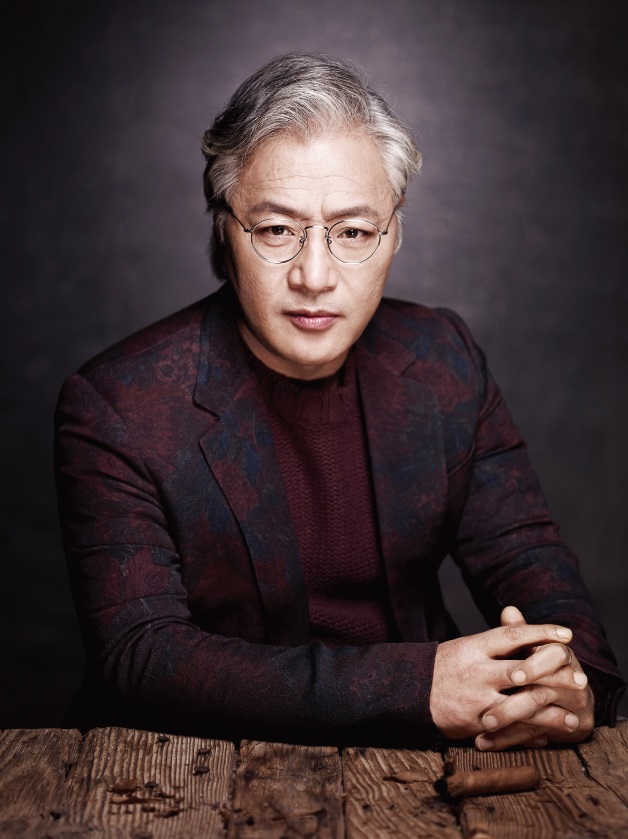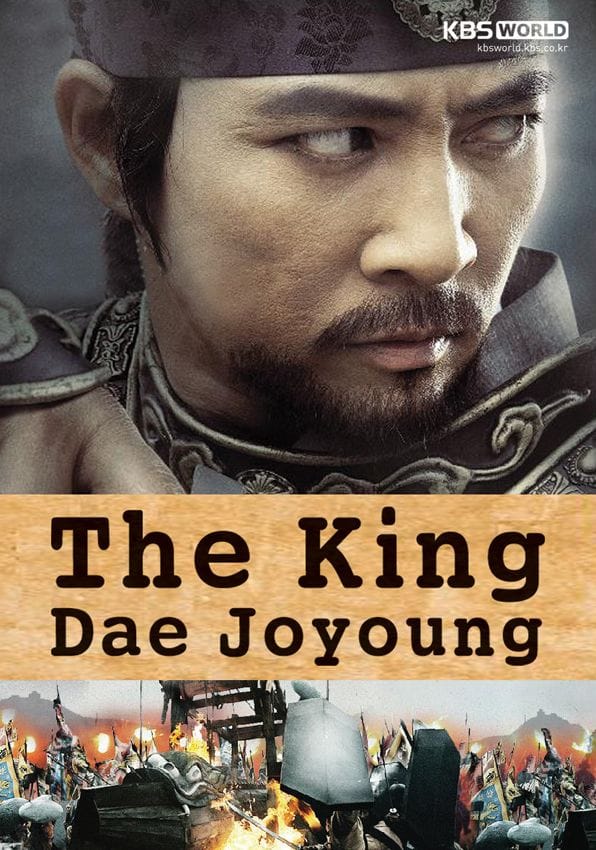
This article's plot summary may be too long or excessively detailed. It was originally planned as a 100-episode series, but was extended by 34 episodes. It tells the life of Dae Jo-yeong, the founder of the kingdom of Balhae.įilmed at Hanwha Resort near Mount Seorak with a budget of 35 billion wons, it was a critical and ratings success.
Dae jo yeong 134 series#
ISBN 1565911776 p.Dae Jo-yeong ( Korean: 대조영 Hanja: 大祚榮 RR: Dae Jo-yeong MR: Tae Joyŏng) is a South Korean television series aired from Septemto Decemon KBS1.

^ New Book of Tang, Chapter 219: Bohai.^ Tsiporuha Mikhail Isaakovich (2017).The Peoples of Northeast Asia through Time Precolonial Ethnic and Cultural Processes along the Coast between Hokkaido and the Bering Strait. Dae Jo-yeong was given the posthumous name "King Go." This aggressive stance towards Silla was continued on by his son and successor King Mu of Balhae.ĭae Jo-yeong died in 719, and his son Dae Muye assumed the throne. After a period of rest within the empire, King Go made it clear that Silla was not to be dealt with peacefully because they had allied with Tang to destroy Goguryeo, the predecessor of Balhae. In 713 he was given the titular title of "Prince of Commandery of Balhae" (渤海郡王) by Emperor Xuanzong. Then he reconciled himself with the Tang when Emperor Zhongzong was restored to the throne. At first he dispatched an envoy to the Göktürks, allying against Tang/ Wu Zhou. He attempted to expand his influence in foreign politics involving the Tang/ Wu Zhou, the Göktürks, the Khitan, Silla and some independent Mohe tribes. He established his capital at Dongmo Mountain in the south of today's Jilin province, and built Dongmo mountain fortress, which was to become Zhen kingdom's capital. His victory over the Wu Zhou at the Battle of Tianmenling enabled him to expand his father's empire and claimed himself the King of Zhen in 698. Dae Geolgeol Jo-yeong integrated the armies of Goguryeo people and some Malgal (Mohe) tribes and resisted Wu Zhou's attack. The Wu Zhou killed Geolsa Biu, and Dae Jung-sang also died. In the confusion of the Khitan uprising led by Li Jinzhong against the Wu Zhou in May 696, Dae Jung-sang led at least 8,000 Goguryeo remnant peoples, the Mohe people, to Dongmo mountain, and the Mohe leader Geolsa Biu made an alliance and sought independence. Afterward, Geolgeol Jung-sang and Geol geol Dae Jo Yeong was opposed to the Tang and its interregnum Wu Zhou (690–705). Īfter the fall of Goguryeo to the Silla-Tang armies, Dae Jung-sang remained in a part of Goguryeo which had not been attacked during the 3rd Goguryeo-Tang war. However, it gives another account of Dae being a former Goguryeo general.

Samguk yusa, the 13th-century collection of Korean history and legends, describes Dae as a Sumo Mohe chieftain. The term is interpreted as meaning "a branch of the Goguryeo people" by South and North Korean historians. The Old Book of Tang states Dae's ethnic background as "高麗別種". Among the official dynastic history works, the New Book of Tang refers to Dae Jo-yeong as a Sumo Mohe. Historical sources give different accounts of Dae Jo-yeong's ethnicity and background. Dae Joyeongĭae Joyeong (born 645 died 719) or Thai Tzu (大祚榮), also known as Gao, King Go ( 고왕 高王 ), established the state of Balhae, reigning from 699 to 719.ĭae Joyeong was the first son of general Dae Jung-sang, who was also known as Sari Geolgeol Jungsang ( Hangul: 사리걸걸중상, Hanja: 舍利乞乞仲象) or Dae Geolgeol Jungsang ( Hangul: 대걸걸중상, Hanja: 大乞乞仲象).

For the historical drama, see Dae Joyeong (drama).


 0 kommentar(er)
0 kommentar(er)
